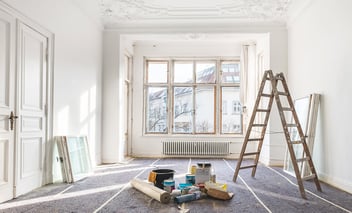The construction industry is often associated with functionality and efficiency, with practical considerations such as safety taking priority over aesthetics and design.
However, incorporating design and creativity into construction can elevate the final result to a higher level, making it a work of art that is not only functional but also visually appealing. This approach is known as the art of the build, and it comes with a host of benefits.
1. Differentiation in a competitive market
By incorporating design and creativity into a construction project, builders can differentiate themselves in a competitive market.
A visually stunning building is more likely to catch people's attention and interest, leading to increased profits. For example, the Sydney Opera House is one of the most iconic buildings in the world, drawing visitors from around the globe to see its unique design.
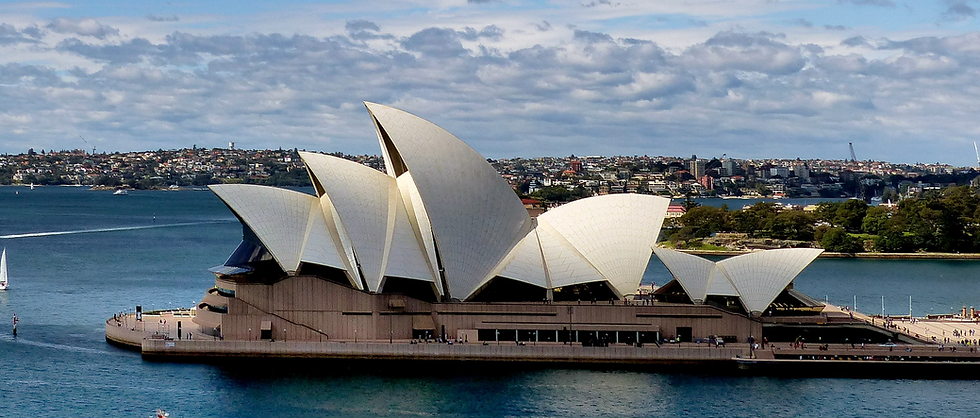
2. Personalization
Working closely with clients and incorporating their input into the design process can create personalized structures that cater to their unique needs and preferences. This results in more satisfied clients, repeat business, and referrals.
An example of this is the Fallingwater house, designed by Frank Lloyd Wright, which was built specifically for the Kaufmann family to reflect their love of nature and water.
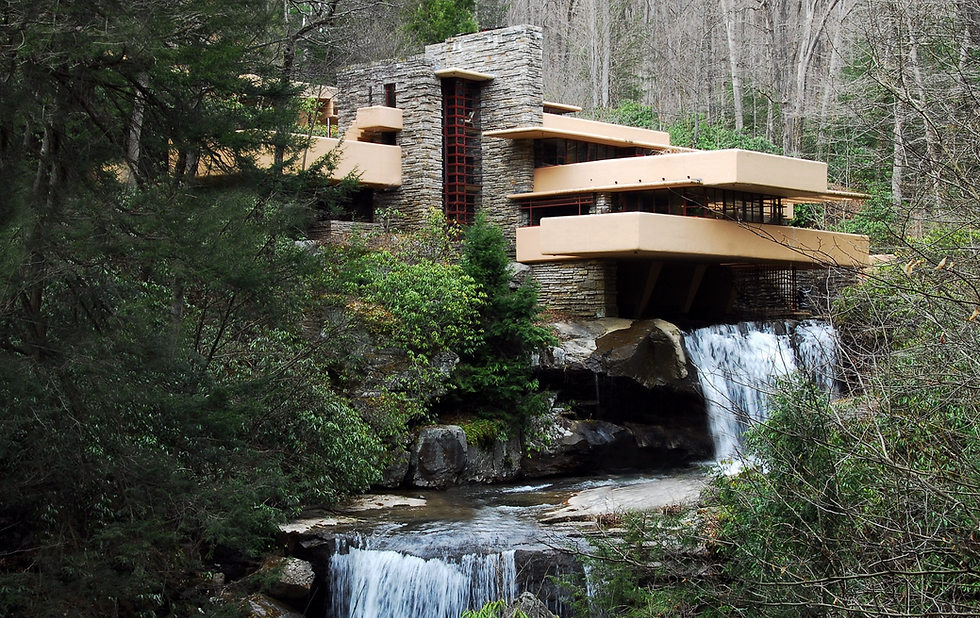
3. Environmental benefits
Incorporating design and creativity into construction can result in more sustainable and energy-efficient structures.

By using innovative building materials and techniques, builders can reduce the environmental impact of the construction process and also lead to lower energy costs for occupants. One example is the Edge, a sustainable office building in Amsterdam that generates its own electricity and collects rainwater for use in the building.
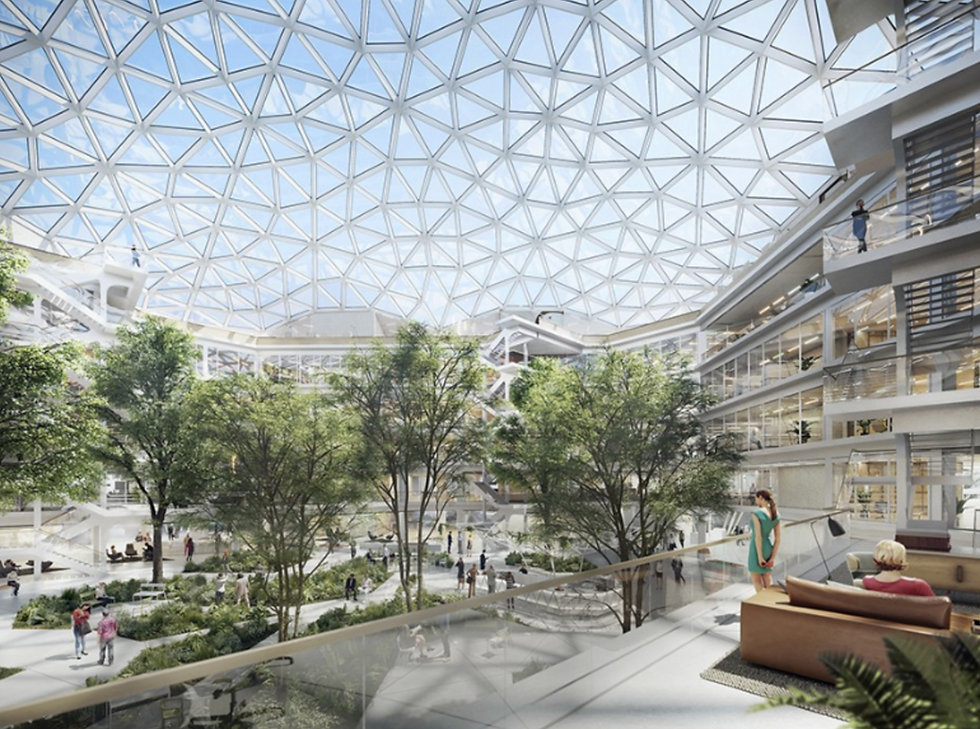
4. Shift in mindset
Incorporating design and creativity involves a shift in mindset from simply building a structure to creating a work of art. Builders must approach each project with an open mind and a willingness to explore new ideas and techniques.
An example of this is the Sagrada Familia in Barcelona, a massive cathedral that has been under construction since 1882 and has employed several architects who have all put their own creative stamp on the design.
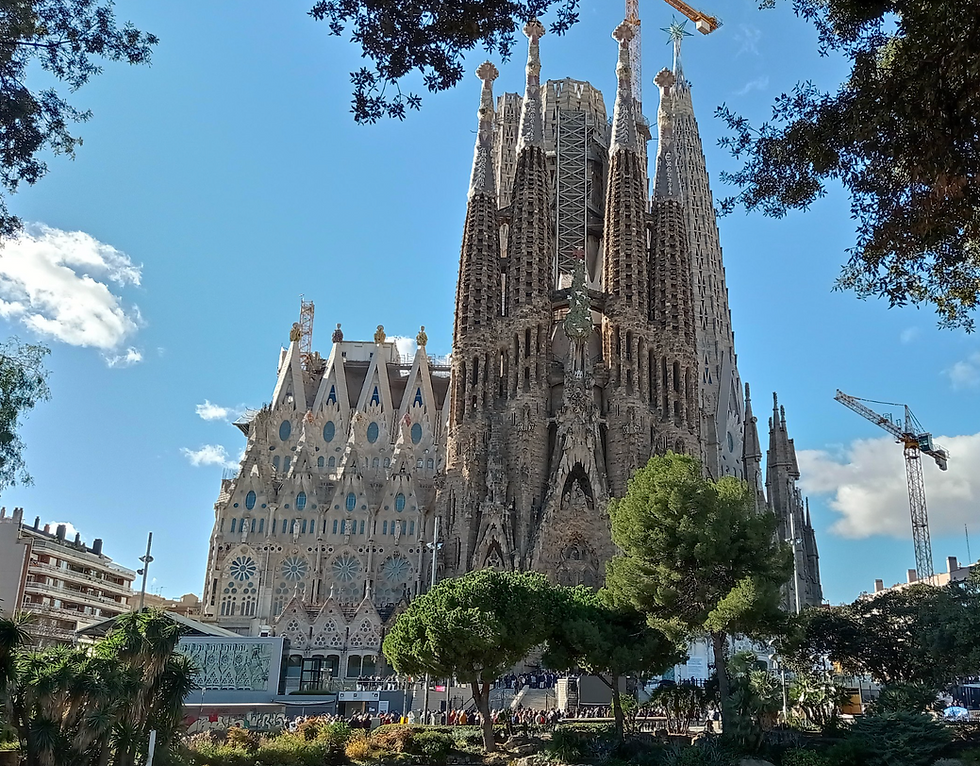
5. Collaboration
Incorporating design and creativity requires collaboration with architects, designers, and other creative professionals to ensure that the final product is both visually appealing and functional.
For example, the Burj Khalifa in Dubai, the world's tallest building, required a team of hundreds of architects, engineers, and designers to bring its vision to life.
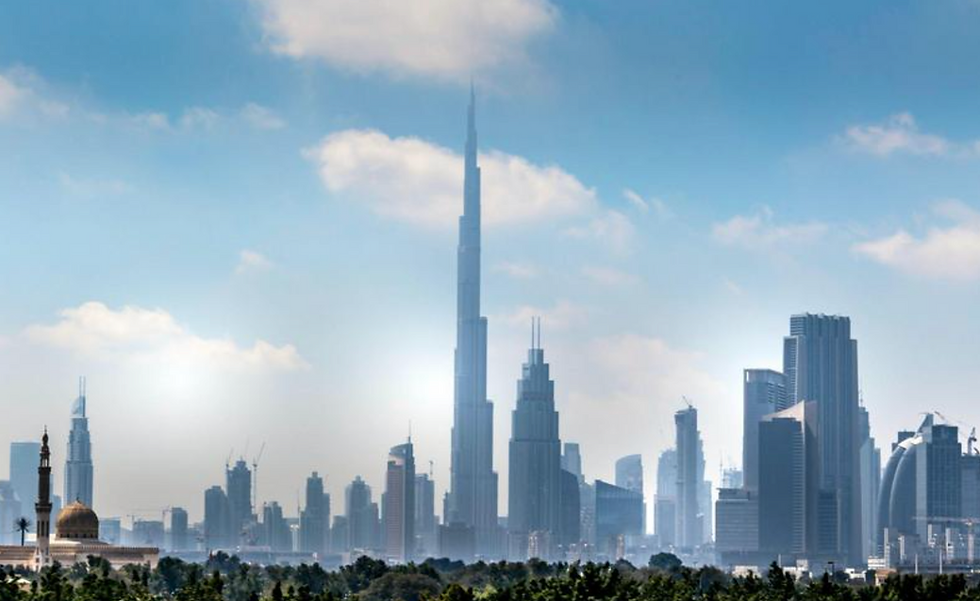
6. Staying up to date
Incorporating design and creativity requires staying up to date on the latest trends and techniques in the industry. This includes learning about new building materials and methods, as well as changes in regulations and safety standards.
For example, the use of 3D printing technology in construction is a recent development that allows builders to create more complex and intricate designs.
7. Artistic vision
Lastly, teams must possess a certain level of artistic vision to balance form and function and create structures that not only look good but also serve a purpose.
One example of this is the Guggenheim Museum in Bilbao, Spain, which is not only a visually stunning building but also serves as a cultural institution that hosts a wide range of art exhibitions and events.
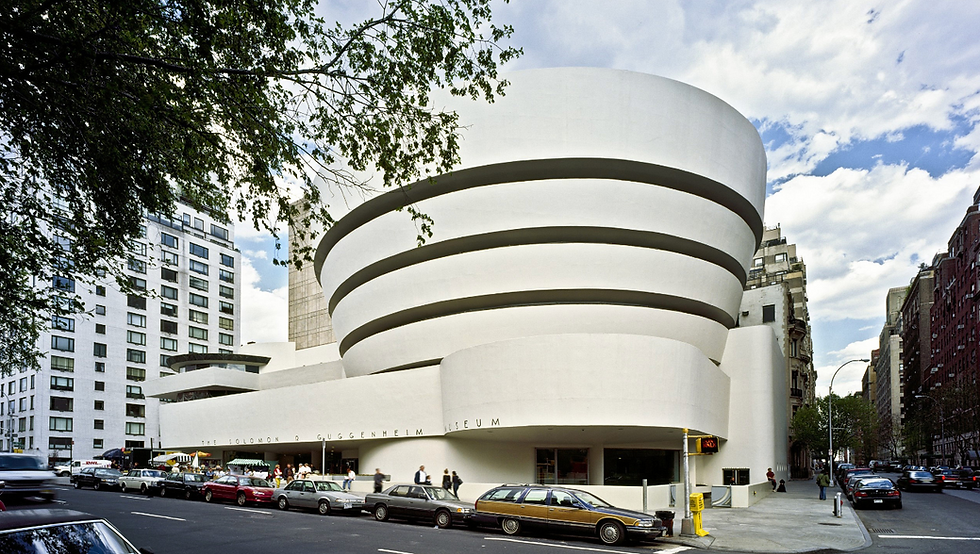
How to Manage the Increased Complexity
While incorporating design and creativity into construction can elevate the final result, it also adds complexity to the project. To successfully manage these types of projects, builders need to be efficient and organized, which can be a challenge when dealing with the numerous variables and dependencies involved in the process. That's where construction workflow automation software comes in.
By automating manual processes and streamlining workflows, construction workflow automation software can help builders manage complex projects with ease. For example, builders can use software to manage project schedules, monitor progress, and track tasks and deadlines. This ensures that everyone involved in the project is on the same page, reducing the likelihood of errors and miscommunications.
In addition, construction workflow automation software can help builders keep track of project budgets and expenses, making it easier to stay within financial constraints. This is especially important when working on projects that incorporate design and creativity, as these projects may require more resources and investment than typical construction projects.
Final Thoughts
Incorporating design and creativity into construction projects can lead to visually stunning and unique structures that stand out in a crowded industry. However, these types of projects also come with added complexity and require builders to be efficient and organized in order to manage the numerous variables and dependencies involved in the process.
By using construction workflow automation software, builders can streamline workflows, manage project schedules and budgets, and improve collaboration between project stakeholders. This allows builders to manage complex projects with ease, reduce the likelihood of errors and miscommunications, and stay up to date on the latest trends and techniques in the industry.
By combining the art of the build with the power of construction workflow automation software, builders can create structures that not only look beautiful, but are also efficiently constructed and completed on time and within budget.





